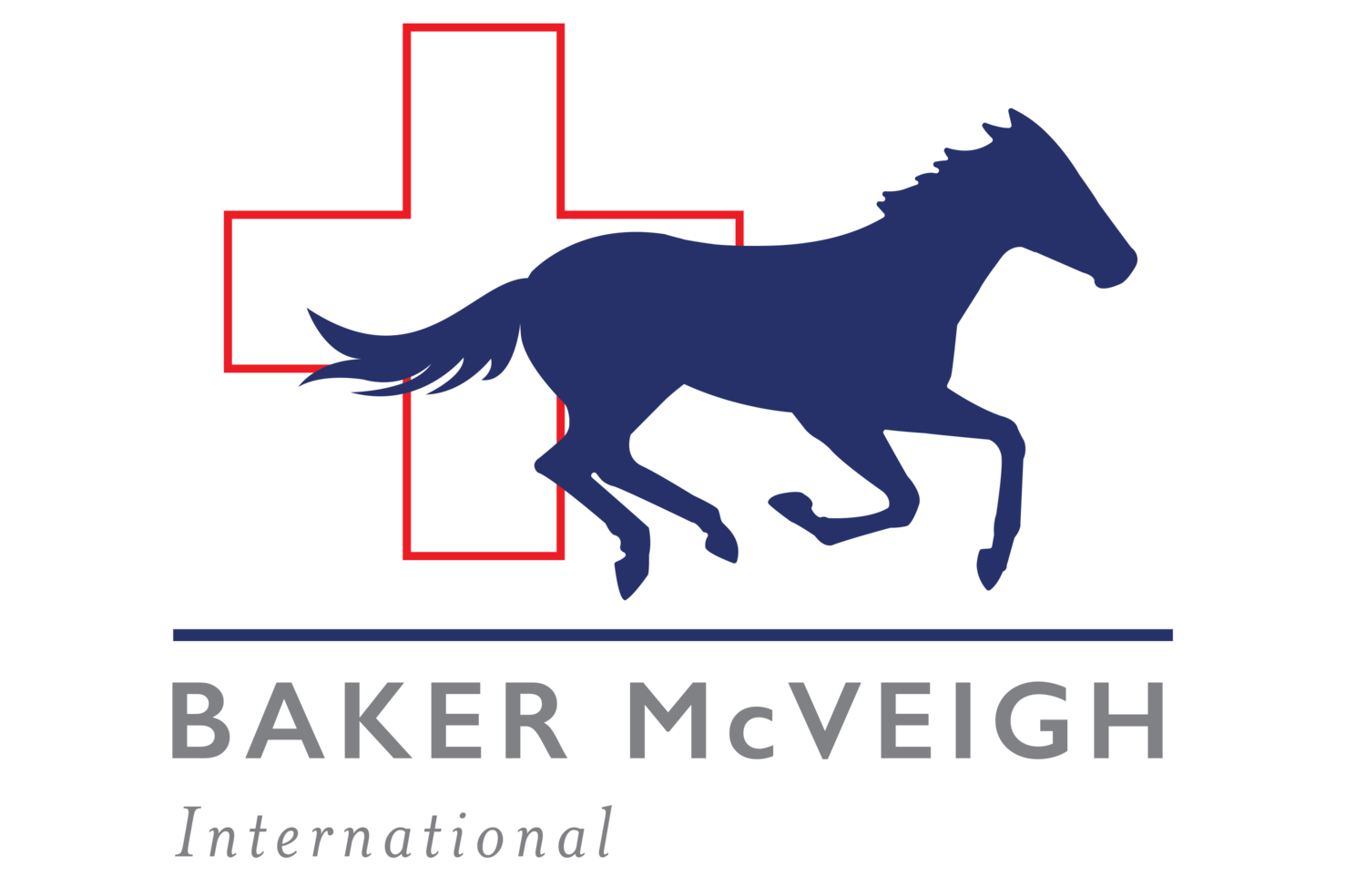Carpal Tunnel/Canal - The Sharp Bony Blade
The carpal tunnel or carpal canal is a synovial sheath running at the back of the knee. Carpal canal injuries are more common in racehorses bun can also occasionally be found on sports and leisure horses.
This canal contains several important structures: superficial and deep digital flexor muscles and tendons, superior accessory check ligament, median artery and nerve, flexor retinaculum. When inflamed, the carpal canal swells. This type of swelling is very specific and can be palpated on the inside of the knee and at the top part of the tendinous area (see pictures).
This filly came back moderately lame from the track. Upon examination we noticed her left fore carpal canal was abnormally swollen. Radiographs of the radius allowed us to identify the cause of this swelling: a sharp bony blade, called an osteochondroma, had developed at the back of the radius bone and most likely injured one of the structures within the canal. Ultrasound allowed us to complete the diagnosis by assessing the soft tissue structures of the carpal tunnel and see how close were to the bony blade. In this case, the osteochondroma had scratched the deep digital flexor muscle and caused bleeding and inflammation. All the other structures within the canal were intact. To prevent reoccurrence, the best solution is to surgically remove the osteochondroma. The filly underwent tenoscopic surgery of the carpal canal and the sharp blade was burred off. After the appropriate time of rest, she will resume training. The prognosis for racing is very good.
The other most common causes of carpal canal swelling are superior check ligament and flexor retinaculum injuries, which can both be diagnosed with the use of ultrasound. They do require a longer period of rest and can be helped by the use of intra-synovial medication. They do not carry as good a prognosis for return to athletic activity. Spontaneous bleeding inside the canal can also be observed and if reoccurring/chronic proves tricky to manage.
Sometimes, osteochondromas can be found incidentally on screening X-rays. Some actually never cause any problem. If no associated swelling of the carpal canal is observed, other diagnostic methods such as diagnostic analgesia of the carpal canal should be used to ensure that the osteochondroma is actually causing the lameness.
*Thanks to Dr Rossignol from the Clinique de Grsobois for sharing these surgery images with us.




